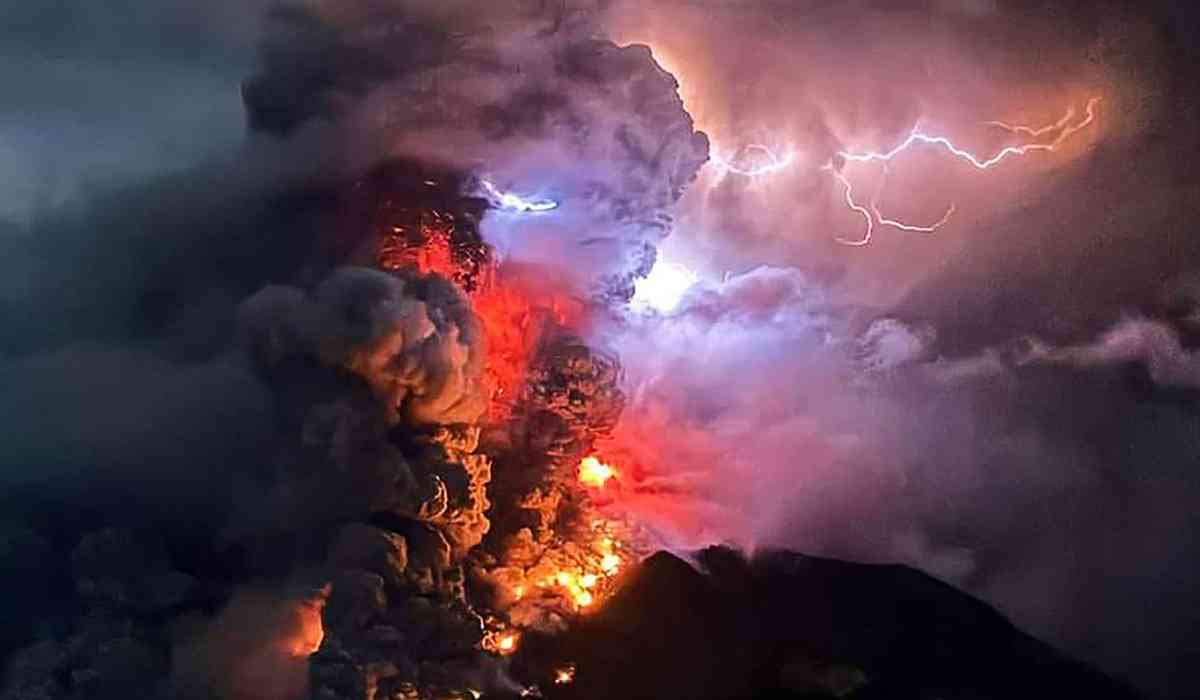Mount Ruang, a formidable stratovolcano nestled in Indonesia's North Sulawesi Province, has recently unleashed a series of eruptions, compelling authorities to issue evacuation orders and tsunami alerts.
The eruptions commenced on Tuesday, April 16, with subsequent bursts occurring four times on Wednesday, April 17, as confirmed by Indonesia's volcanology agency. The volcanic activity intensified dramatically, enveloping the nighttime sky with flashes of lightning against a backdrop of cascading lava.
Eruption. It’s always magical. Terrifying yet beautiful. #MountRuang pic.twitter.com/J5QmdHHEoT— Tom (@Rhatomi) April 17, 2024
- Fierce Awakening: Mount Ruang's crater roared to life on Wednesday, April 17, unleashing its wrath in a series of four eruptions that persisted throughout the night. The darkened skies were illuminated by flashes of lightning amidst the fiery lava flow.
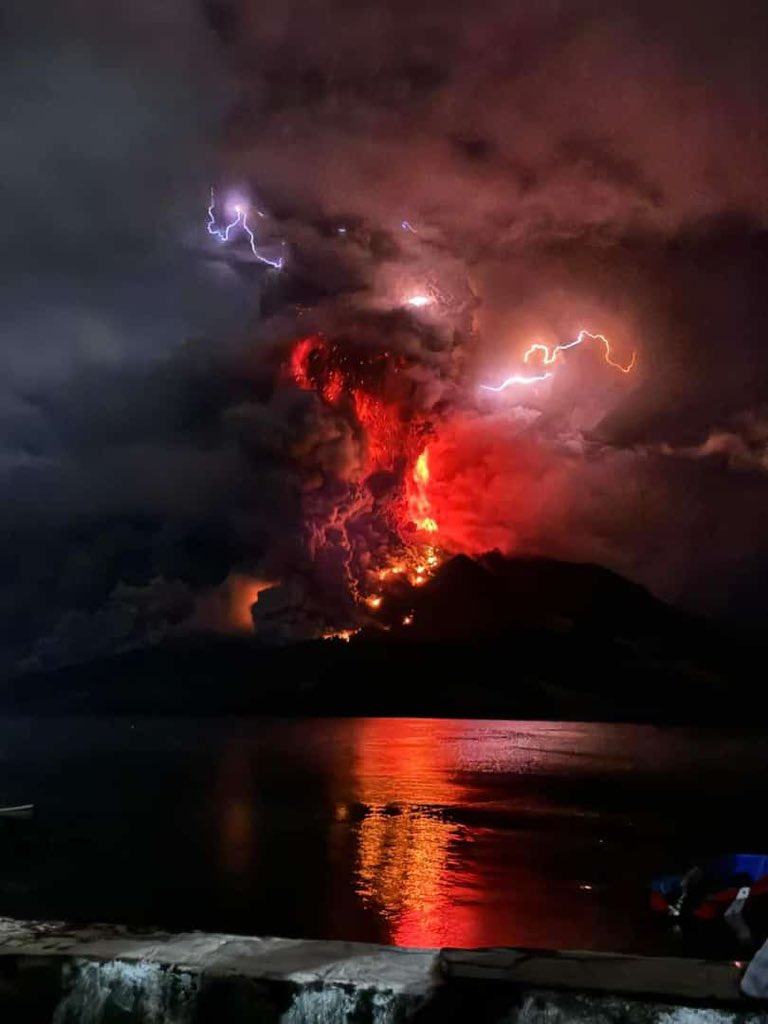
- Alert Levels Raised to Maximum: In response to the escalating volcanic activity, the Indonesian government swiftly elevated the alert status to the highest level in its four-tiered warning system, signifying imminent danger.
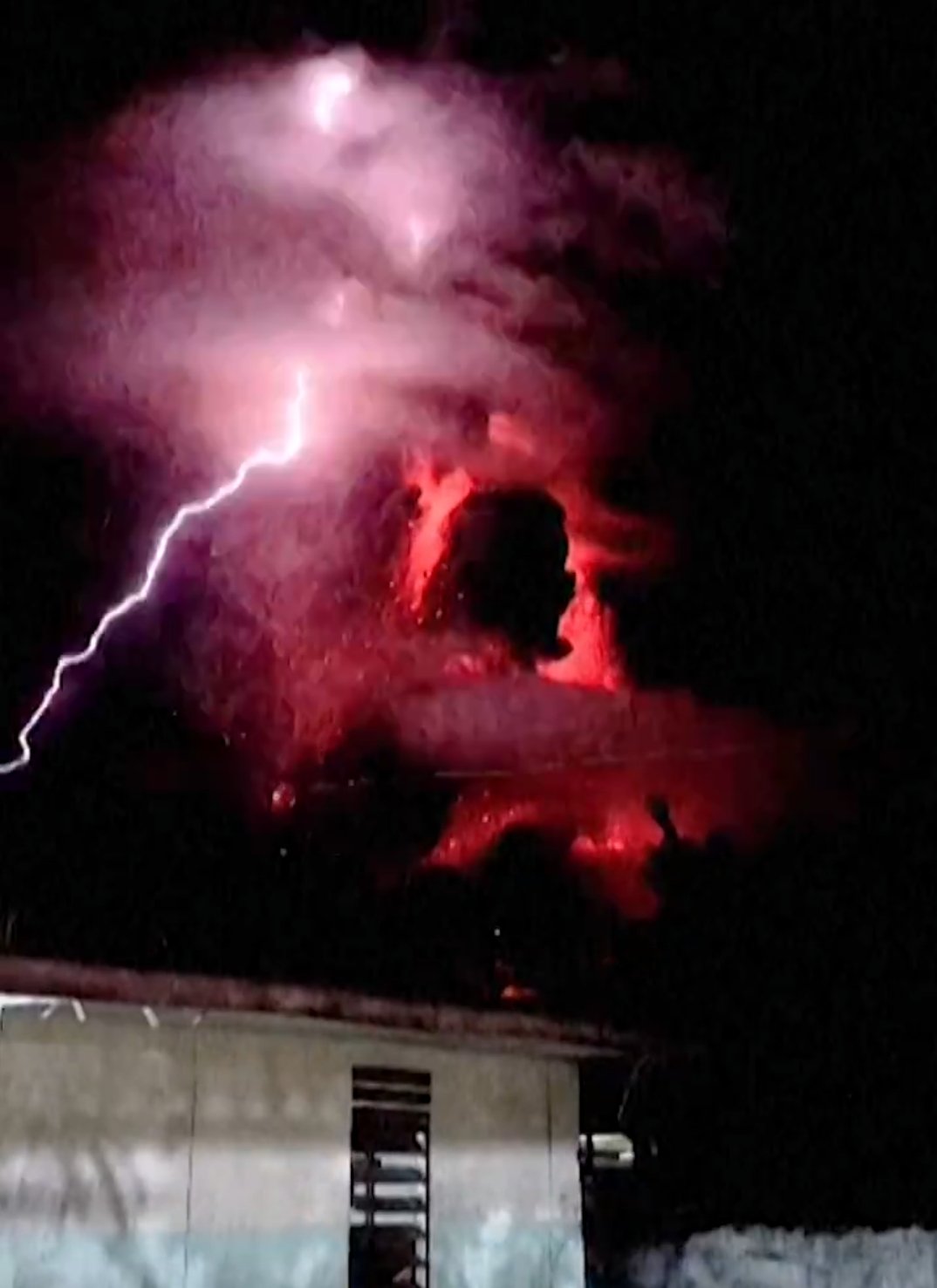
- Tsunami Warnings Issued: Amid the eruptions, authorities issued tsunami warnings, underscoring the potential peril posed by the volcanic disturbances.
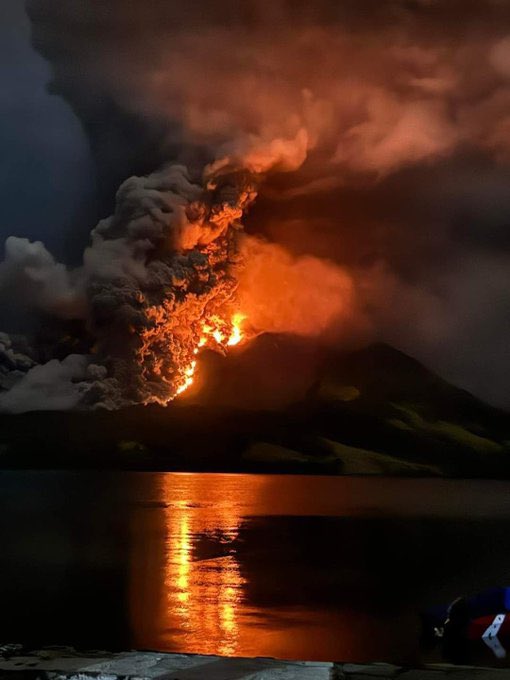
- Persistent Presence: On Thursday morning, reports from Agence France-Presse (AFP) underscored that Mount Ruang, situated in Indonesia's outermost regions, continued to spew columns of smoke into the sky.
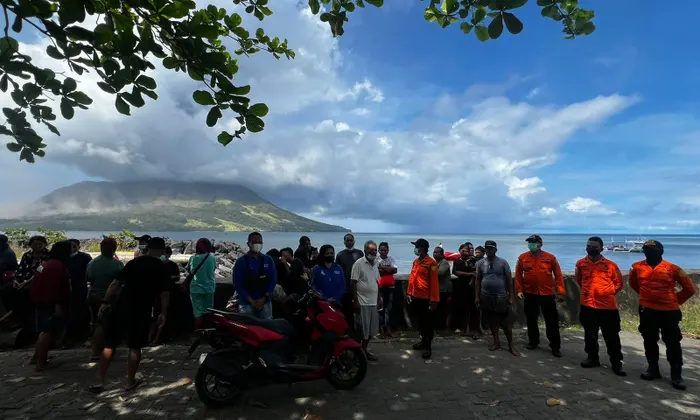
- Air Travel Disrupted: The intensity of thermal activity forced authorities to ground flights at the nearest airport, Sam Ratulangi International Airport in Manado City on Sulawesi Island. The closure extended for a duration of 24 hours, stretching until the evening of April 18, to ensure passenger safety. The airport, positioned over 100 kilometers (62 miles) away from the volcano, faced disruptions due to the volatile conditions.

- Mass Evacuation: With an urgent mandate, rescue teams mobilized to evacuate approximately 11,000 residents who found themselves trapped within the vicinity of the volcanic unrest. Notably, efforts extended to the remote island of Tagulandang, which is home to around 20,000 individuals.
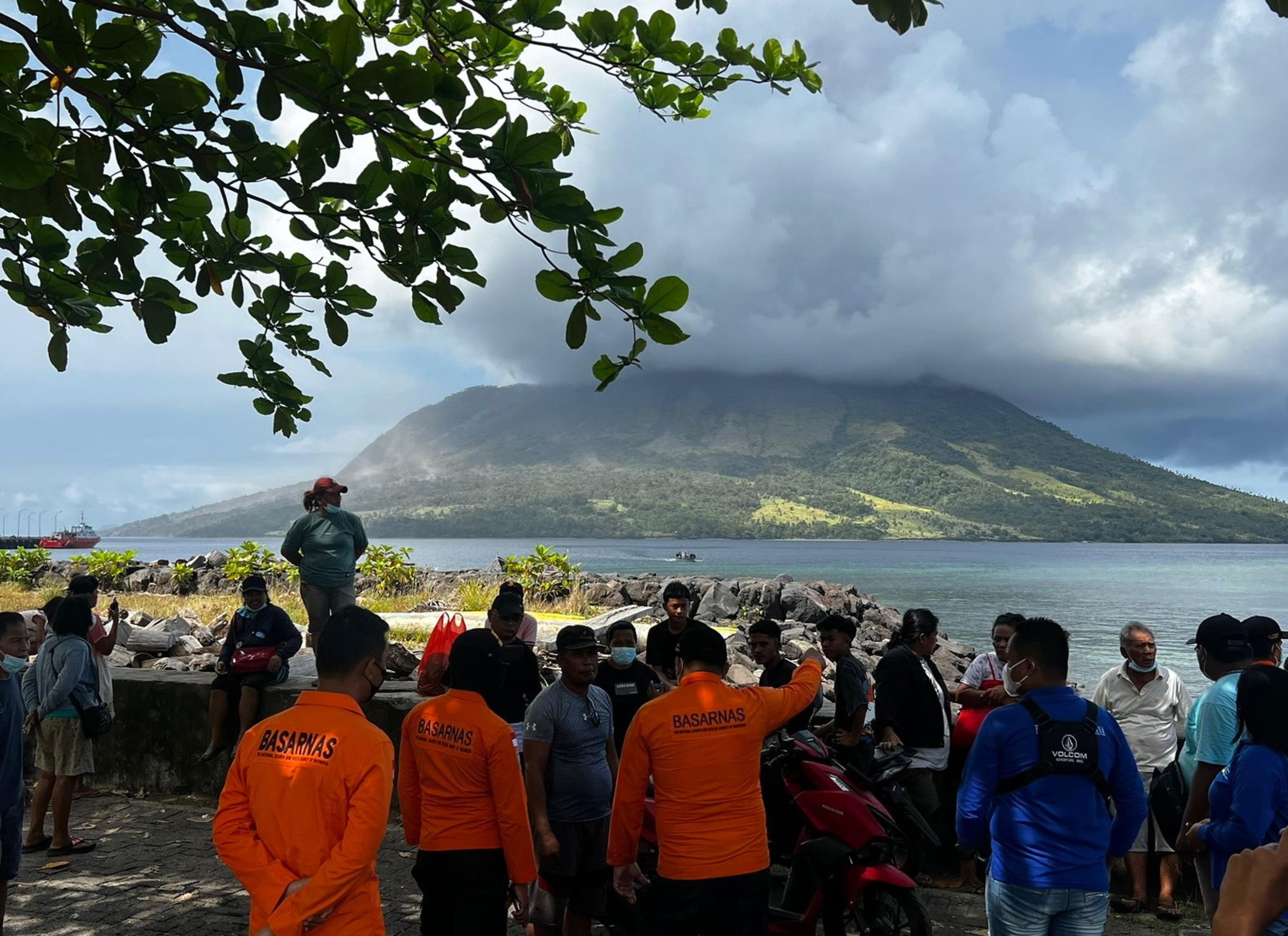
- Chaotic Escape: According to reports from the local search and rescue agency, Jandry Paendong, residents fled in disarray as small rocks from the volcano fell, scattering individuals in search of safe evacuation routes.
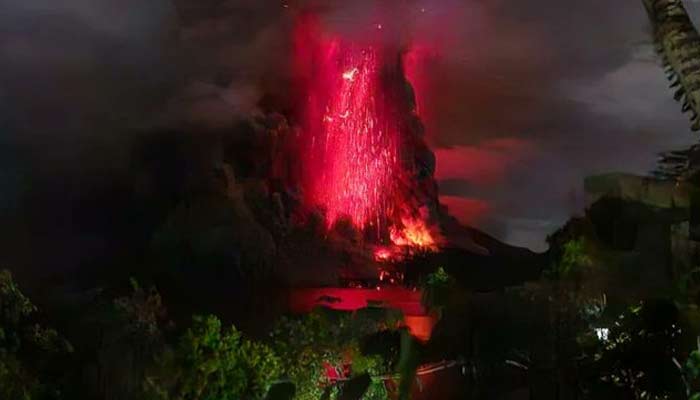
- Safety Precautions: Authorities cautioned tourists and residents to remain beyond a six-kilometer exclusion zone surrounding the volcanic site to safeguard against potential hazards.
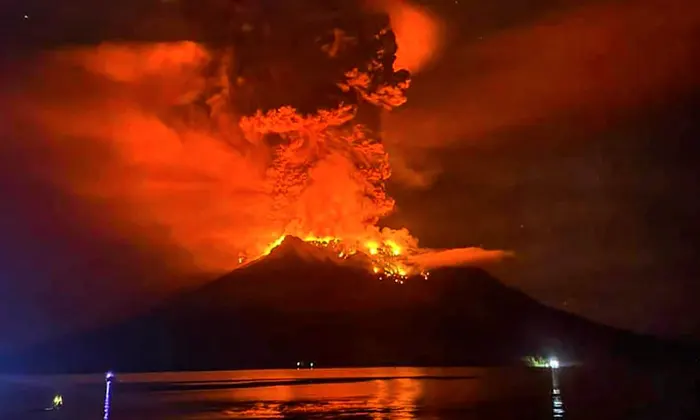
- Successful Evacuations Amid Eruptions: Despite the escalating volcanic activity, authorities managed to evacuate over 800 individuals following the initial eruption on Tuesday evening, preceding subsequent explosive episodes.
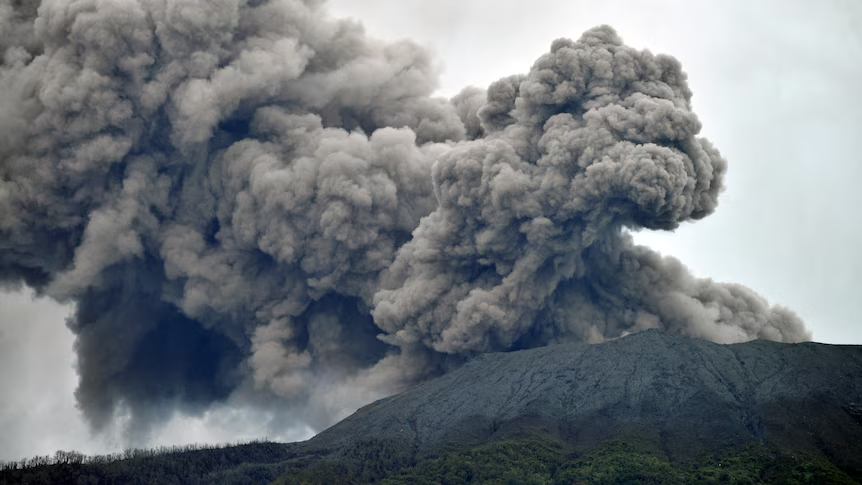
- Vigilance Urged for Coastal Residents: Hendra Gunawan, head of Indonesia's volcanology agency, emphasized the critical need for vigilance among communities residing in Tagulandang island, particularly those in proximity to the shoreline. Gunawan's warning highlighted the looming risks of incandescent rock ejections, hot cloud discharges, and potential tsunami generated by the volcano's structure collapsing into the sea.
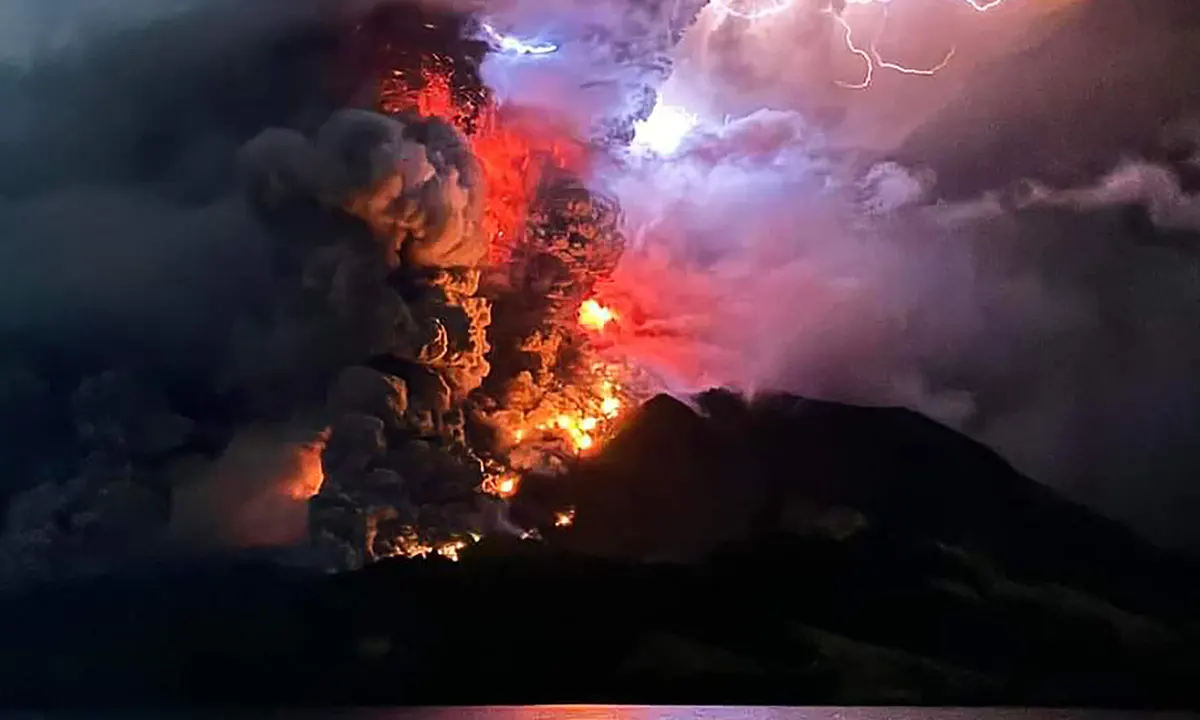
Indonesia, situated along the Pacific "Ring of Fire," is no stranger to seismic and volcanic activity, underscoring the perpetual risk faced by its archipelago nation. The urgency of the situation was compounded by reports of panicked residents attempting to flee, underscoring the gravity of the volcanic disturbances unfolding across this seismically active region.
Read here for more: Why Japan, Taiwan, And Neighboring Nations Prone To Frequent Earthquakes?
Inputs from agencies
Image Source: Multiple agencies
© Copyright 2024. All Rights Reserved Powered by Vygr Media.

